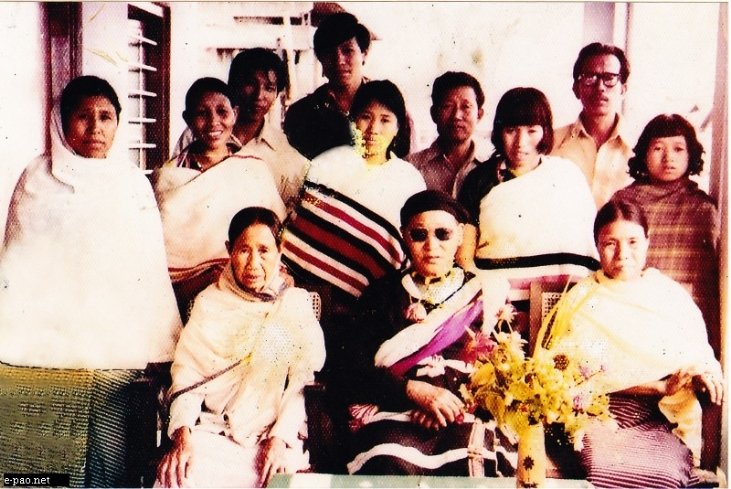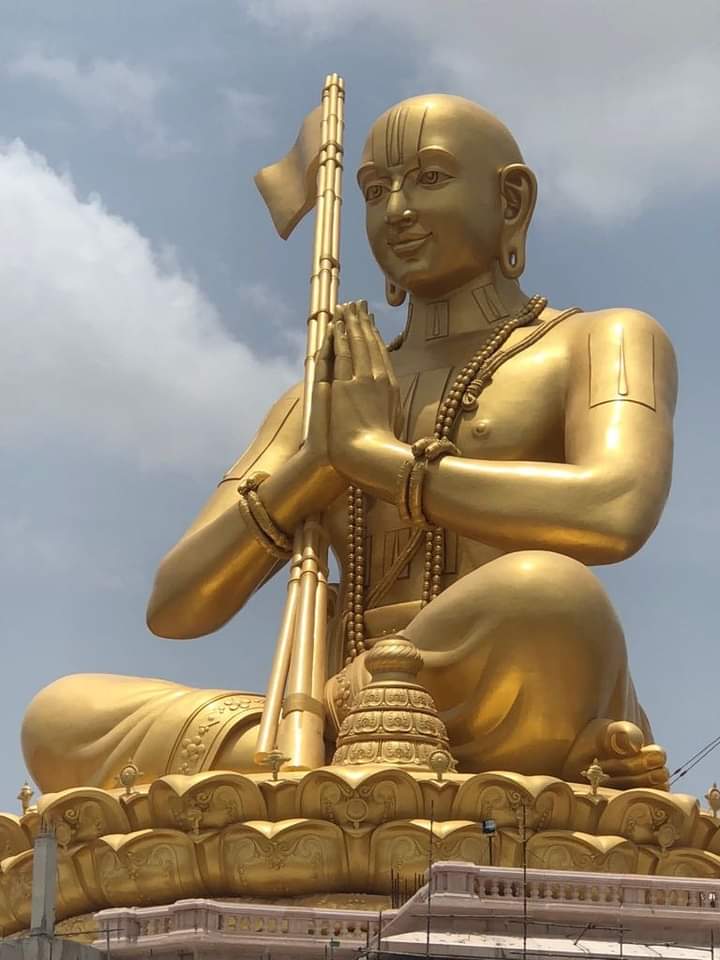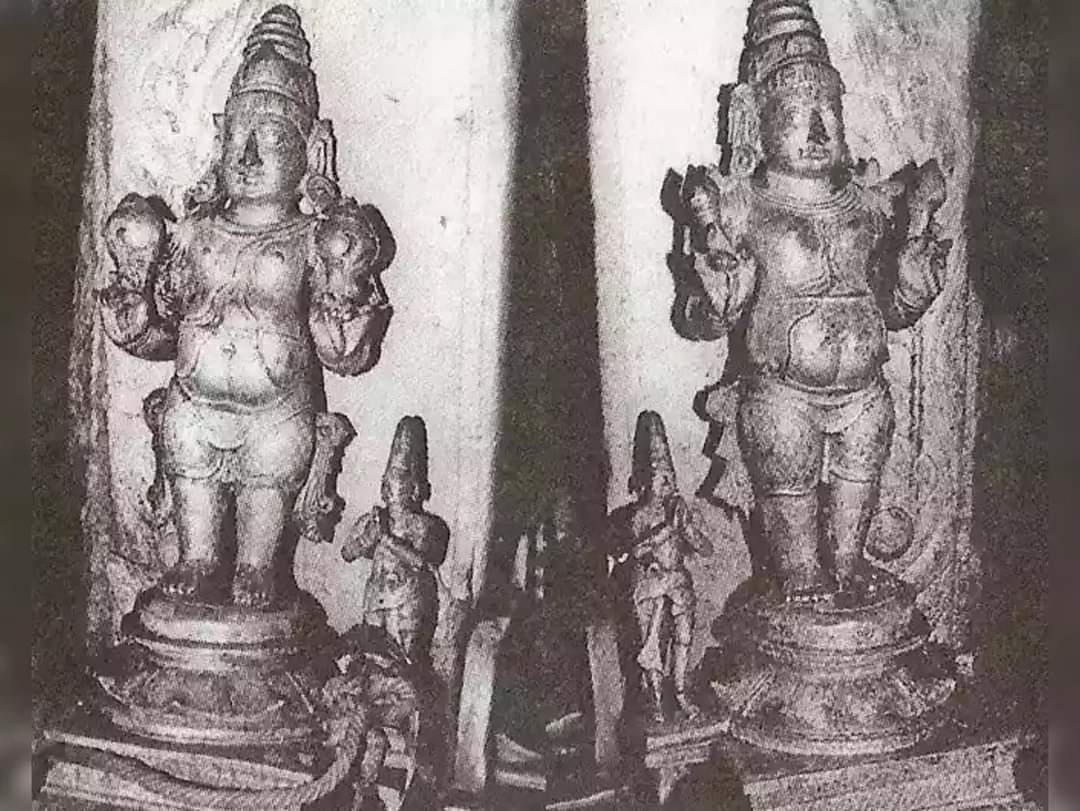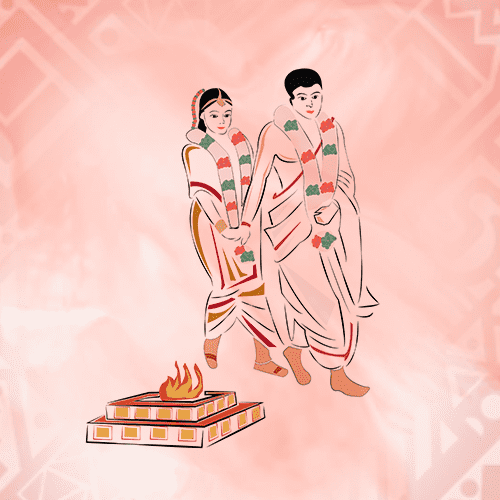According to the Vayu Purāņa (2.38.141-142), udaka (and its Sanskrit synonyms vāri, vṛṣți, ambhas, arṇava and apa) is the fuel that the Sun
The mechanism of solar energy generation
Fuel that tha sun uses to produce energy according ved..
How scientists understand the term of the veda?
Why we should read veda,puran? If we r students of science ?
#Thread
#science

According to the Vayu Purāņa (2.38.141-142), udaka (and its Sanskrit synonyms vāri, vṛṣți, ambhas, arṇava and apa) is the fuel that the Sun
nāvṛṣṭyā tapate sūryo nāvṛṣṭyā pariviṣyate
nāvṛṣṭya paricinvanti vāriņā dīpyate raviḥ
tasmādapaḥ piban ya vai dipyate ravirambare
It is said that hydrogen (udaka) is the source of the Sun's heat. When there is a
These verses are also found in the Visņu, Brahmaṇḍa, Kurma and other
(1) Since the Purāņas recognized that the Sun maintains an enormous energy output for billions of years, it is clear that the
(2) The Puranic date for the formation of the Sun is stunningly accurate (as shown in previous sections).
(3) The Purāṇas accurately describe the Sun's future expansion into a Red Giant and its ejection of
(4) The Greek word "hydro" means water and the Greek word "gen" means generates. Since the modern English word hydrogen is linguistically so close to water, it is not surprising that Sanskrit uses the same word for water and hydrogen.
More from तहक्षी™
More from All
APIs in general are so powerful.
Best 5 public APIs you can use to build your next project:
1. Number Verification API
A RESTful JSON API for national and international phone number validation.
🔗 https://t.co/fzBmCMFdIj
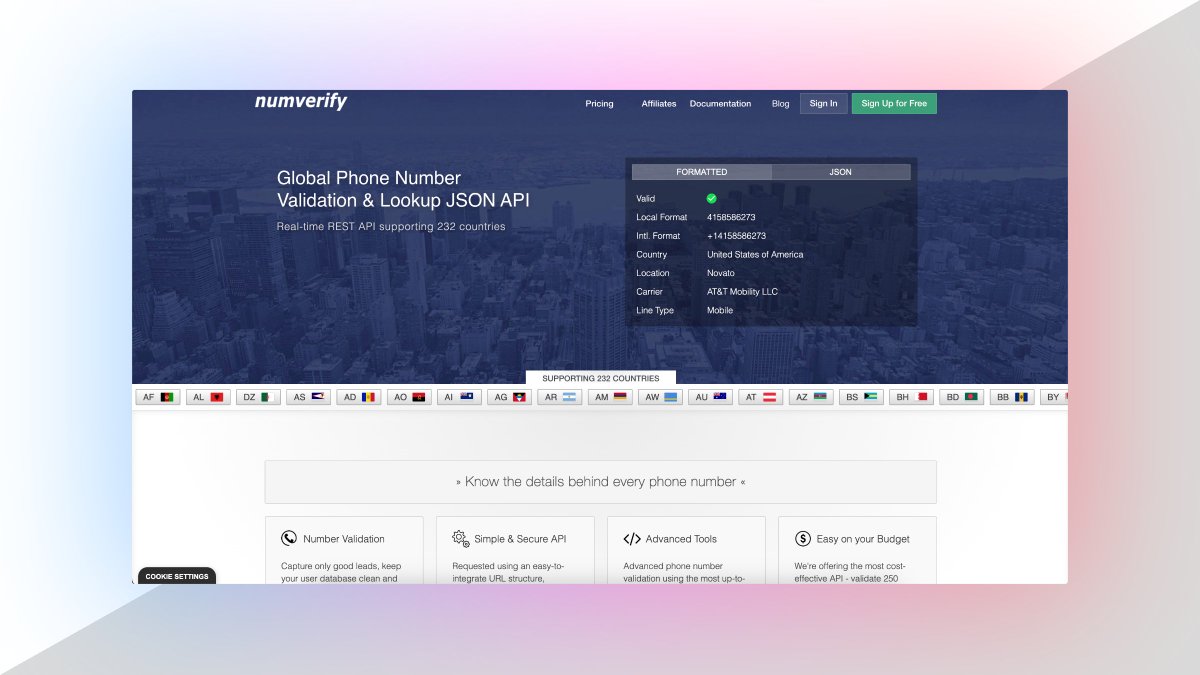
2. OpenAI API
ChatGPT is an outstanding tool. Build your own API applications with OpenAI API.
🔗 https://t.co/TVnTciMpML

3. Currency Data API
Currency Data API provides a simple REST API with real-time and historical exchange rates for 168 world currencies
🔗 https://t.co/TRj35IUUec

4. Weather API
Real-Time & historical world weather data API.
Retrieve instant, accurate weather information for
any location in the world in lightweight JSON format.
🔗 https://t.co/DCY8kXqVIK

Best 5 public APIs you can use to build your next project:
1. Number Verification API
A RESTful JSON API for national and international phone number validation.
🔗 https://t.co/fzBmCMFdIj

2. OpenAI API
ChatGPT is an outstanding tool. Build your own API applications with OpenAI API.
🔗 https://t.co/TVnTciMpML

3. Currency Data API
Currency Data API provides a simple REST API with real-time and historical exchange rates for 168 world currencies
🔗 https://t.co/TRj35IUUec

4. Weather API
Real-Time & historical world weather data API.
Retrieve instant, accurate weather information for
any location in the world in lightweight JSON format.
🔗 https://t.co/DCY8kXqVIK

You May Also Like
Speech Delay is most common in children nowadays
In ancient times, our grandparents used to follow typical natural way of caring the needs of a child. All they used were more of natural products than chemical based for the growth of child.

One of major step followed was to feed Gurbach Jadd/ Vasa Kommu/ Acorus Calamus for initiating good speech ability in a child. This stem was needed to babies on Tuesdays and Sundays in mother's milk.
Vasa is feed to baby after the 1st bath on 12th day in week. Weekly only thrice it is fed and named as :
Budhwar - Budhi Vasa
Mangalwar - Vaak Vasa
Ravi Vaar - Aayush Vasa
This stem is burnt and rubbed against the grinding stone in mother's milk or warm water to get a paste

The procedure to make it is in the link
https://t.co/uo4sGp7mUm
It should not be given daily to the child. Other main benefits are
1. It clears the phlegm in child's throat caused due to continuous milk intake. It clears the tracts and breathing is effortless.
2. Digestion
For children who haven't got their speech and is delayed than usual should feed this vasa on these days in week atleast for 6months. Don't get carried away with this dialogue
"Some gain speech little late"
In ancient times, our grandparents used to follow typical natural way of caring the needs of a child. All they used were more of natural products than chemical based for the growth of child.

One of major step followed was to feed Gurbach Jadd/ Vasa Kommu/ Acorus Calamus for initiating good speech ability in a child. This stem was needed to babies on Tuesdays and Sundays in mother's milk.
Vasa is feed to baby after the 1st bath on 12th day in week. Weekly only thrice it is fed and named as :
Budhwar - Budhi Vasa
Mangalwar - Vaak Vasa
Ravi Vaar - Aayush Vasa
This stem is burnt and rubbed against the grinding stone in mother's milk or warm water to get a paste

The procedure to make it is in the link
https://t.co/uo4sGp7mUm
It should not be given daily to the child. Other main benefits are
1. It clears the phlegm in child's throat caused due to continuous milk intake. It clears the tracts and breathing is effortless.
2. Digestion
For children who haven't got their speech and is delayed than usual should feed this vasa on these days in week atleast for 6months. Don't get carried away with this dialogue
"Some gain speech little late"
















